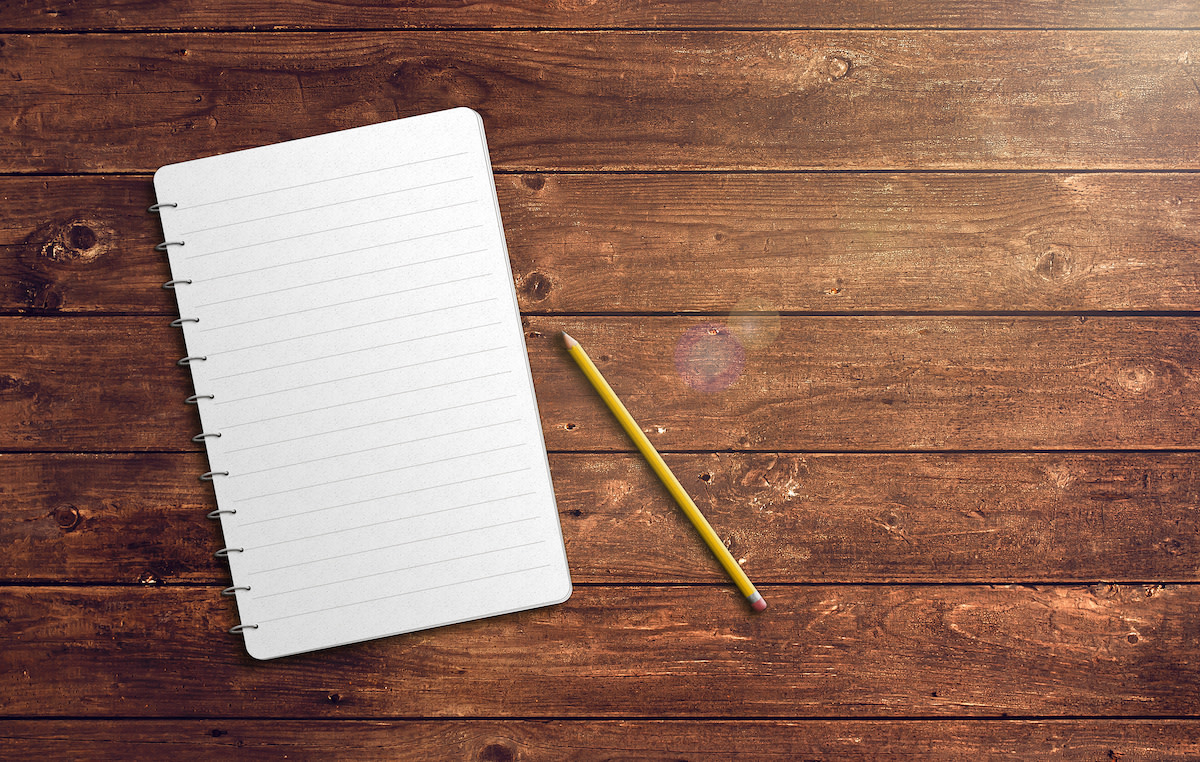What Is Ottava Rima Poetry? 5 Examples of Ottava Rima
Written by MasterClass
Last updated: Aug 25, 2021 • 2 min read
Ottava rima poetry dates back to the fourteenth century when Italian poet Giovanni Boccaccio helped establish the poetry form in his highly influential works. Learn more about ottava rima along with famous poems that utilize the form.
Learn From the Best
What Are Ottava Rima Poems?
Ottava rima poems are poems of Italian origin, with eight iambic lines per stanza, and a rhyme scheme of ABABABCC. These stanza forms were often used in epic poetry, and would usually center around serious subject matter or heroic and adventurous themes. English politician and poet Thomas Wyatt took an interest in these Italian stanzas, translating the structure for English poems. Later, this poetic form would inspire satirical and mock-heroic poems, like John Hookham Frere’s “The Monks and the Giants” and Lord Byron’s “Don Juan."
What Is the Rhyme Scheme of Ottava Rima Poems?
Ottava Rima poems consist of eight-line stanzas, following an ABABABCC rhyming scheme. The first six lines alternate rhyming with one another until the final two lines, which contain a double rhyme—known as a couplet. Each line in the stanza is usually a 10-syllable line, written in iambic pentameter (or in some translations, 11 syllables). An ottava rima can consist of only one stanza, or contain multiple, with flexibility in tone. Some famous poets used the structure to write sincere, dramatic pieces, while others used it to poke fun at the genre itself.
5 Examples of Ottava Rima
There are various examples of ottava rima that vary from serious long poems to parodic works:
- 1. “The Monks and the Giants” by John Hookham Frere: This humorous poem satirized Arthurian tales.
- 2. “Beppo” by Lord Byron: Byron penned this satirical poem before his most famous mock epic, “Don Juan,” which reverses the tale of the titular character, transforming him from a womanizer into one who is easily seduced by women.
- 3. “Among School Children” by William Butler Yeats: This poem was a private glimpse into Yeats’s thoughts regarding past memories, as was his “Sailing to Byzantium,” which was a metaphorical poem reflective of a spiritual journey.
- 4. “Isabella: or the Pot of Basil” by John Keats: Keats adapted a character from one of Boccaccio’s works and turned it into an ottava rima of his own in this poem. It is a macabre tale of romance and pride.
- 5. “The Witch of Atlas” by Percy Bysshe Shelley: Shelley’s poem is a fanciful and abstract utopian tale containing 78 ottava rima stanzas.
Want to Learn More About Writing?
Become a better writer with the Masterclass Annual Membership. Gain access to exclusive video lessons taught by literary masters, including Billy Collins, David Baldacci, Joyce Carol Oates, Dan Brown, Margaret Atwood, and more.
